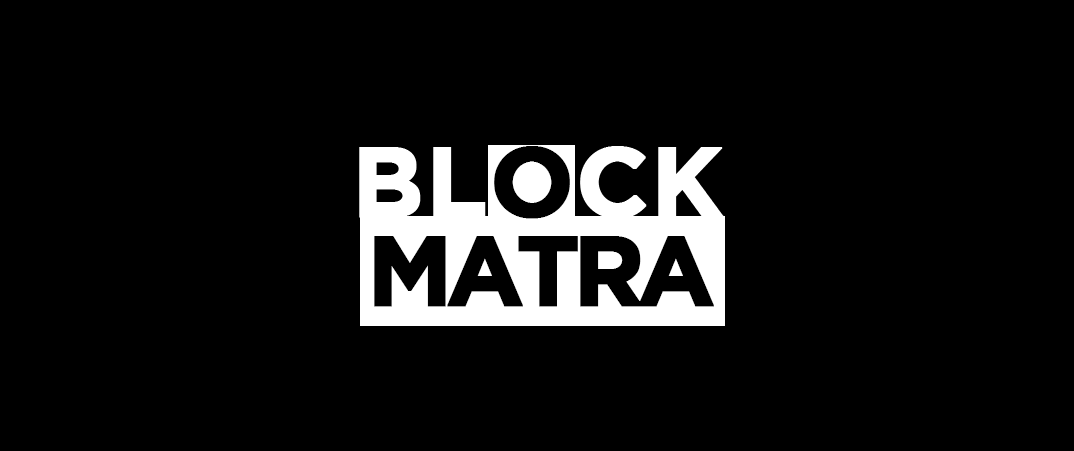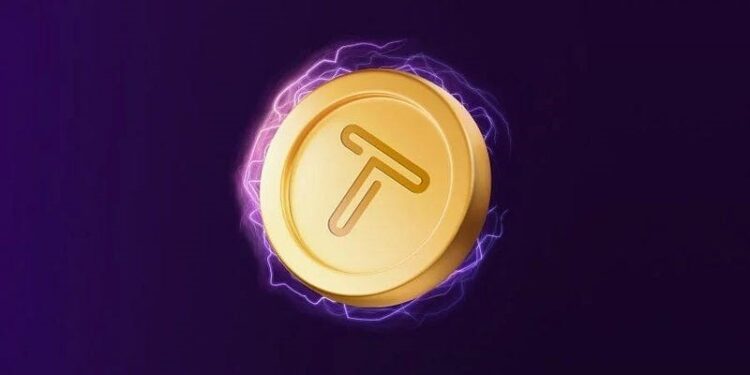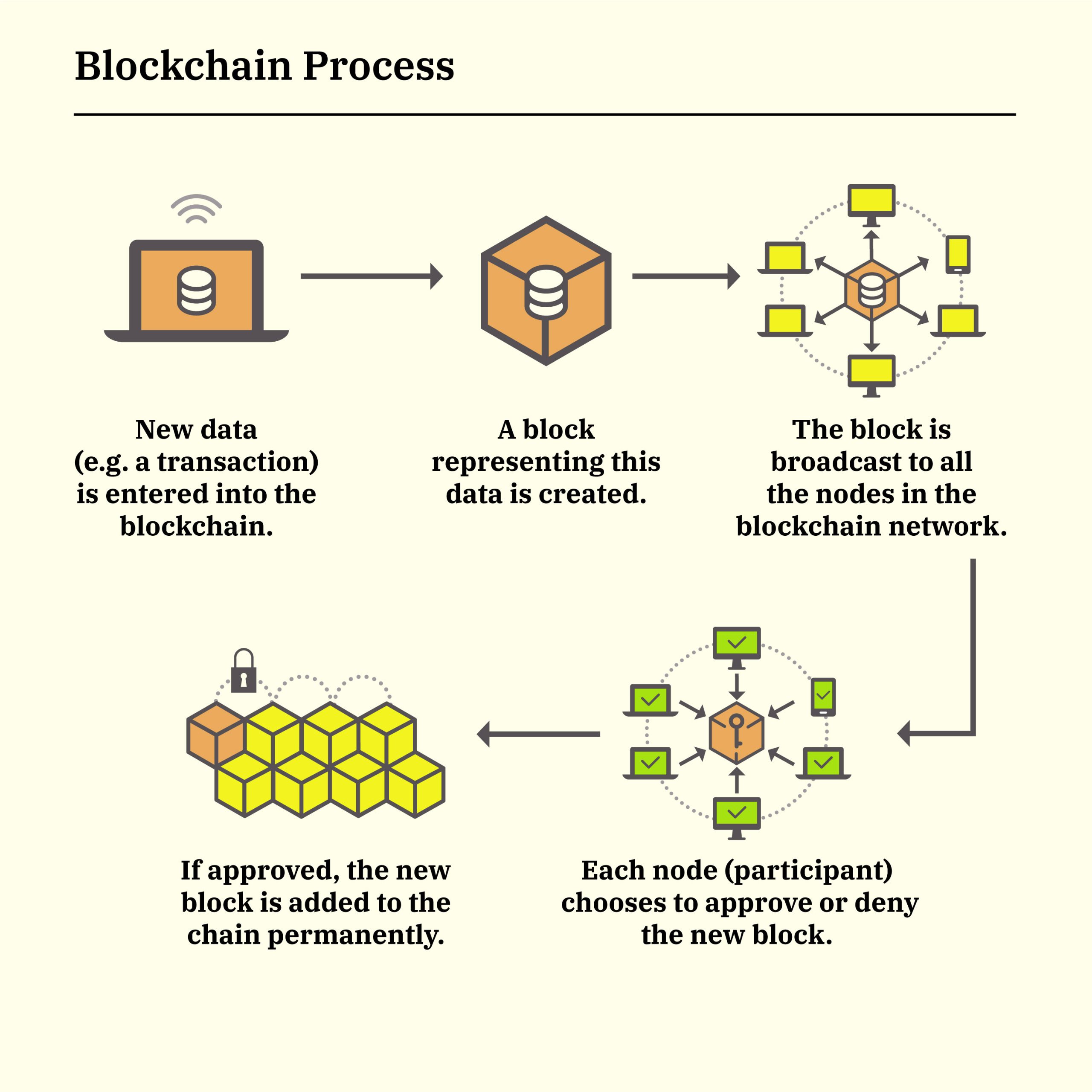The web has come a long way since its inception in the early 1990s. A collection of static web pages has evolved into a dynamic platform that allows users to interact with each other and access information from all over the world. The web is constantly evolving, and with the rise of Web3 and decentralization, the future holds great promise. Let’s take a cursory look at the evolution of the web over the years:
Web 1.0 – The Read-Only Web
The World Wide Web, conceived by Sir Tim Berners-Lee in the late 1980s, laid the foundation for the modern internet we know today. Web 1.0, also known as the static web era, made use of hyperlinks to allow users to access data between interconnected documents. Technologies like Hypertext Markup Language (HTML) and Hypertext Transfer Protocol (HTTP) were popular. Web 1.0 is often described as static because of its characteristic read-only pages with a lack of interactive features.
Web 2.0 – The Participatory Web
Web 2.0 introduced a unique dynamism to the Web 1.0 framework. Users could now interact, communicate, and create content. This era was characterized by user-generated content, social media platforms, and interactive web apps. Content creation became democratized with the introduction of platforms like Facebook, YouTube, and Google. Advancements in web development were also made possible by Asynchronous JavaScript and XML (AJAX). However, these innovations were driven by centralized platforms like Google, Amazon, and Facebook. These platforms amassed vast amounts of user data, leveraging it for targeted ads, content personalization, and algorithmic recommendations. This dominance raised concerns about data privacy, as data was collected and monetized without user consent, and algorithmic bias influenced product recommendations and search results. These concerns fueled the introduction of Web3: the decentralized web.
Web 3.0 – The Decentralized Web
The decentralized web, or the web of trust, seeks to reshape online interactions by decentralizing the web and distributing control and ownership of data among users. This stands in contrast to the concentration of power in the hands of a few centralized entities. Key technologies powering this transition include:
- Blockchain: A distributed ledger technology that allows for transparent, tamper-proof record keeping.
- Peer-to-peer networking: Facilitates direct data exchange between users without intermediaries.
- Distributed storage: Enables immutable data records.
- Smart contracts: Self-executing contracts written in code that allow for automated transactions without intermediaries.
At the forefront of decentralization are projects and platforms like decentralized finance (DeFi), non-fungible tokens (NFTs), and Diaspora (a decentralized social media platform).
Decentralization offers long-lasting benefits that address the shortcomings of centralized systems. It prioritizes user privacy by minimizing data collection and exposure. It also gives users more autonomy over their digital interactions. Finally, eliminating the need for traditional gatekeepers fosters trust and transparency in transactions and social interactions.







